- Share
- Like
- Tweet
- Digg
- Tumblr
- VKontakte
- Love This
- Odnoklassniki
- Meneame
- Blogger
- Amazon
- Yahoo Mail
- Gmail
- AOL
- Newsvine
- HackerNews
- Evernote
- MySpace
- Mail.ru
- Viadeo
- Line
- Comments
- SMS
- Viber
- Telegram
- Subscribe
- Skype
- Facebook Messenger
- Kakao
- LiveJournal
- Yammer
- Edgar
- Fintel
- Instapaper
- Copy Link
Australian based Hames Sharley has developed the new Whyalla Regional Cancer Centre as a ‘healing environment’ that responds to the ability to provide spaces that remove the occupants from the clinical.
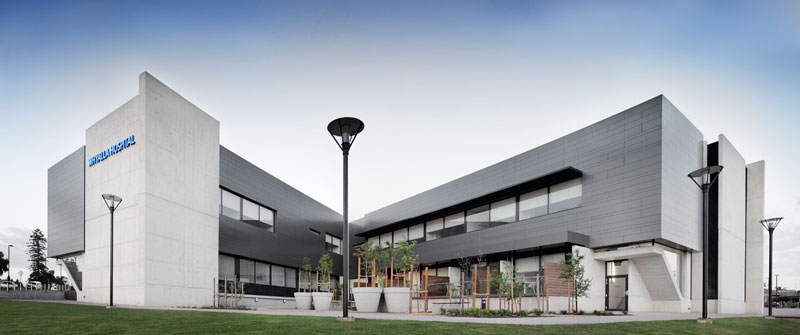
Image © Peter Barnes
The original Whyalla hospital site includes constructions from the 1940’s, 1960’s and 1980’s. Over the years, the additional buildings have created a disjointed site, with multiple entry points and no clear delineation between public and emergency circulation. The new addition to the hospital was designed around a new main entry point, that aimed to become a definite entrance to the new cancer centre, as well as reconfigure the circulation paths within the hospital.

Image © Peter Barnes
Hospitals are programmatic in nature. It is the space in between and around these programs that presents opportunities for individuals to remove themselves from the clinical environment. A chance to capture a view, take in some sunlight, have a break, to go outside. Spaces that provide a chance to think – reflect, relax and heal. By linking these possibilities to SA Health’s new ‘Model of Care’ philosophies, in particular the notion of a healing environment and providing individual care at the point of contact – at the patients’ bedside – the primary drivers for the Whyalla Cancer Centre redevelopment was formed.
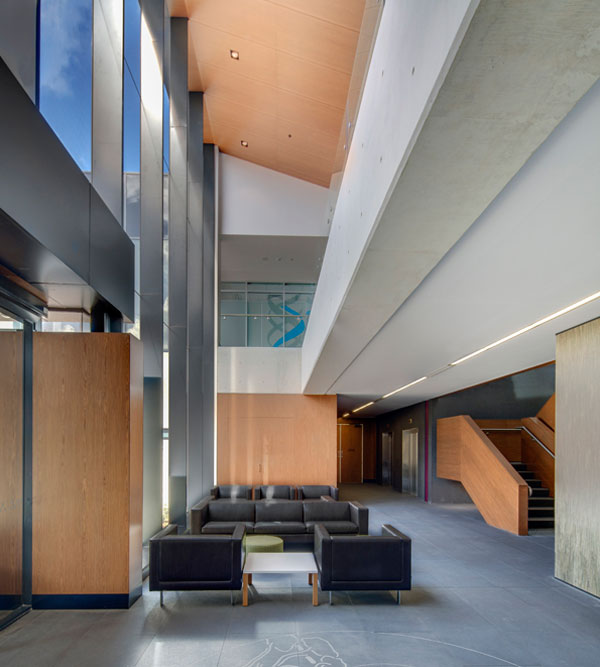
Image © Peter Barnes
The design team has worked together to develop an environment that steps out of the norm, incorporating local aboriginal based art and healing installations throughout the built form. ‘All disciplines aimed to produce a place of interaction and healing for the greater the Whyalla community’, say the architects. Such places were incorporated anywhere from within a ward, courtyards, meeting room or even within the operating rooms and recovery areas.
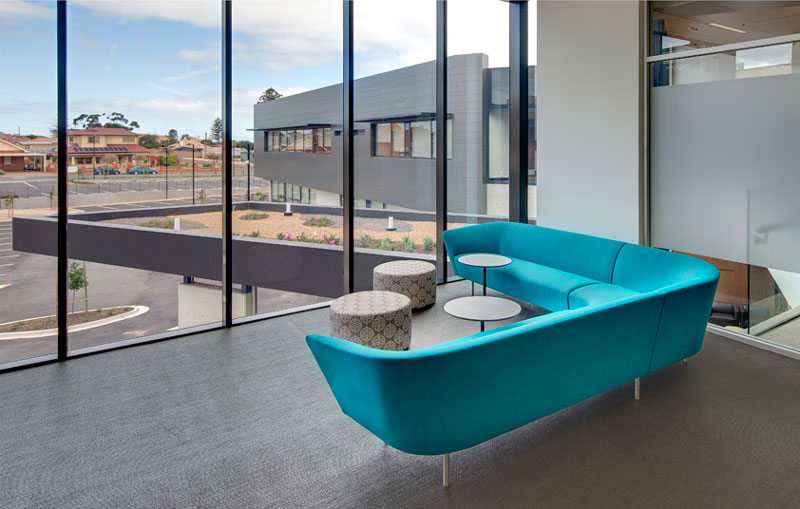
Image © Peter Barnes
The new entry point, together with the reception, foyer and kiosk facilities act as community hub. This central point gives access to the first floor cancer centre, the new double storey ward block, new theatre and day surgery areas, as well as to the existing buildings within the hospital complex.

Image © Peter Barnes
The architects have also incorporated a broad range of elements to minimize the effect on the environment. Whyalla was designed to reduce its carbon footprint, specifying only materials with low VOC and formaldehyde.
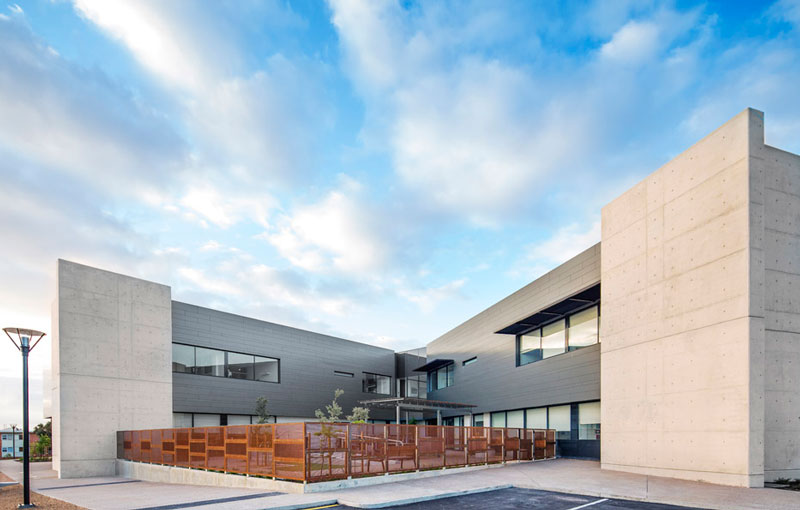
Image © Peter Barnes
All exterior walls have been double layered with external ‘aircell’ sarking, incorporating wall acoustic insulation as well. Ceiling, as well as all internal walls were fully insulated throughout the entire building, providing as much thermal mass as possible to a lightweight building solution.
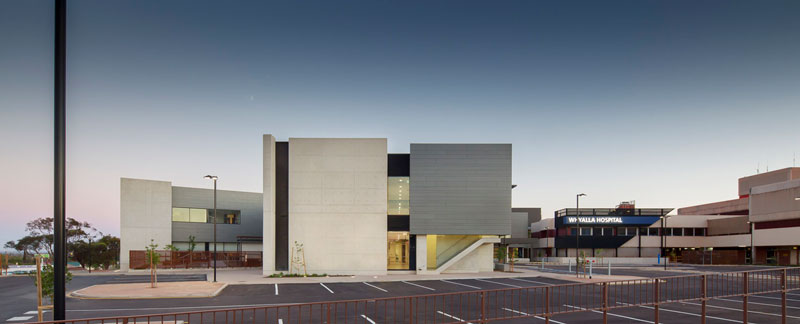
Image © Peter Barnes
Windows have been designed to provide maximum horizontal sun shading, and all roof water is collected within a 200,000 L underground storage tank for landscape reuse.
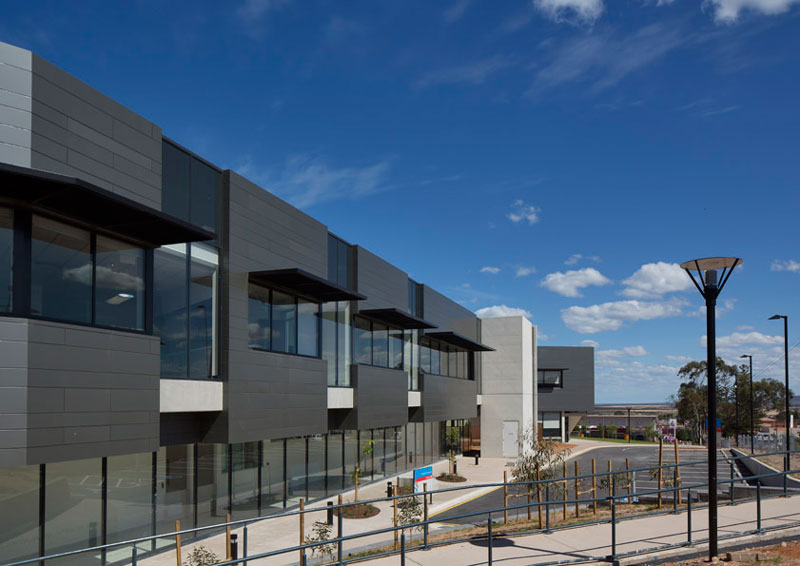
Image © Peter Barnes
The entire building was designed as a place for healing and interraction. The Whyalla Regional Cancer Centre was shortlisted earlier this year for the 2014 World Architecture Festival Award in the Health category.
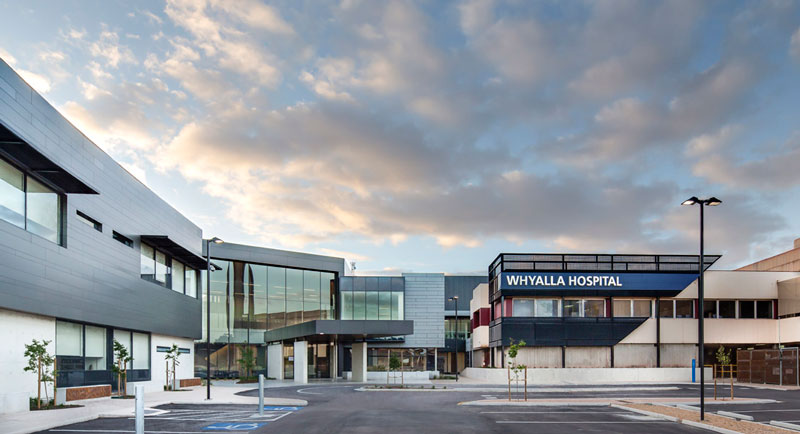
Image © Peter Barnes
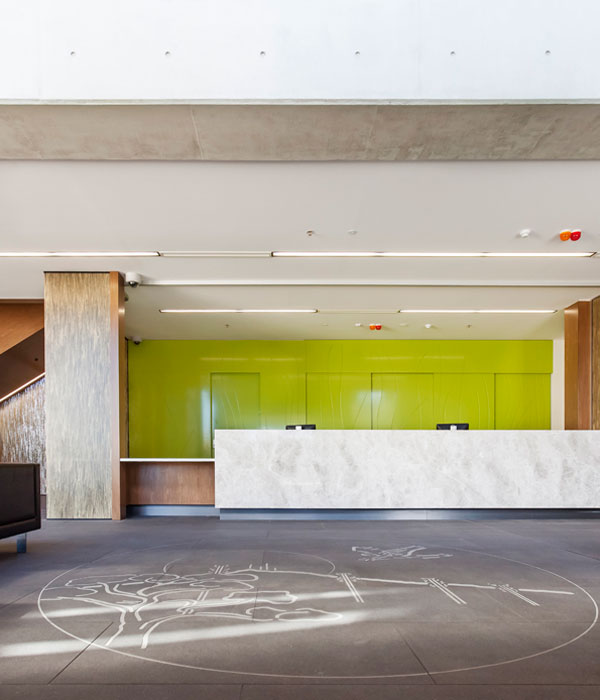
Image © Peter Barnes
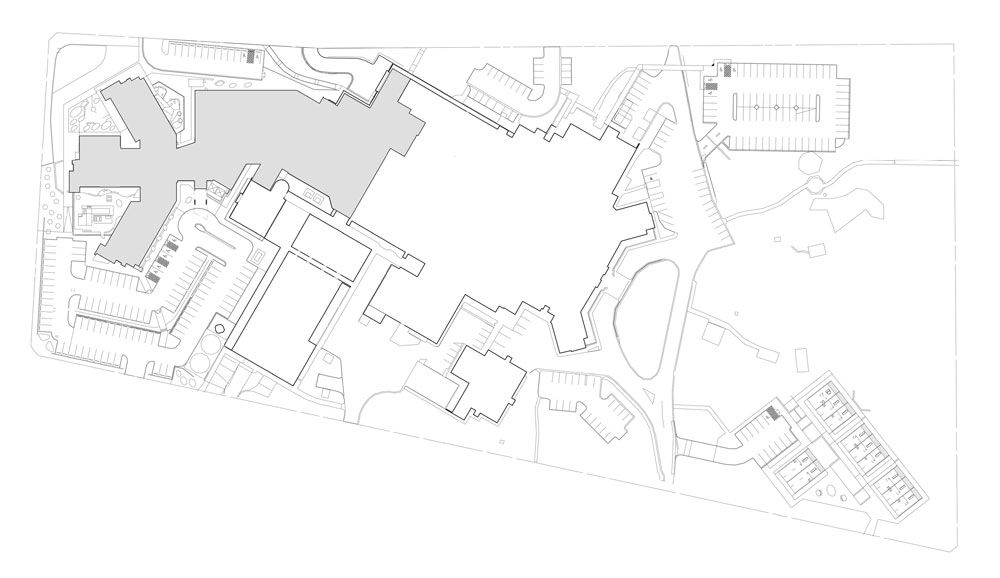
Image © Hames Sharley
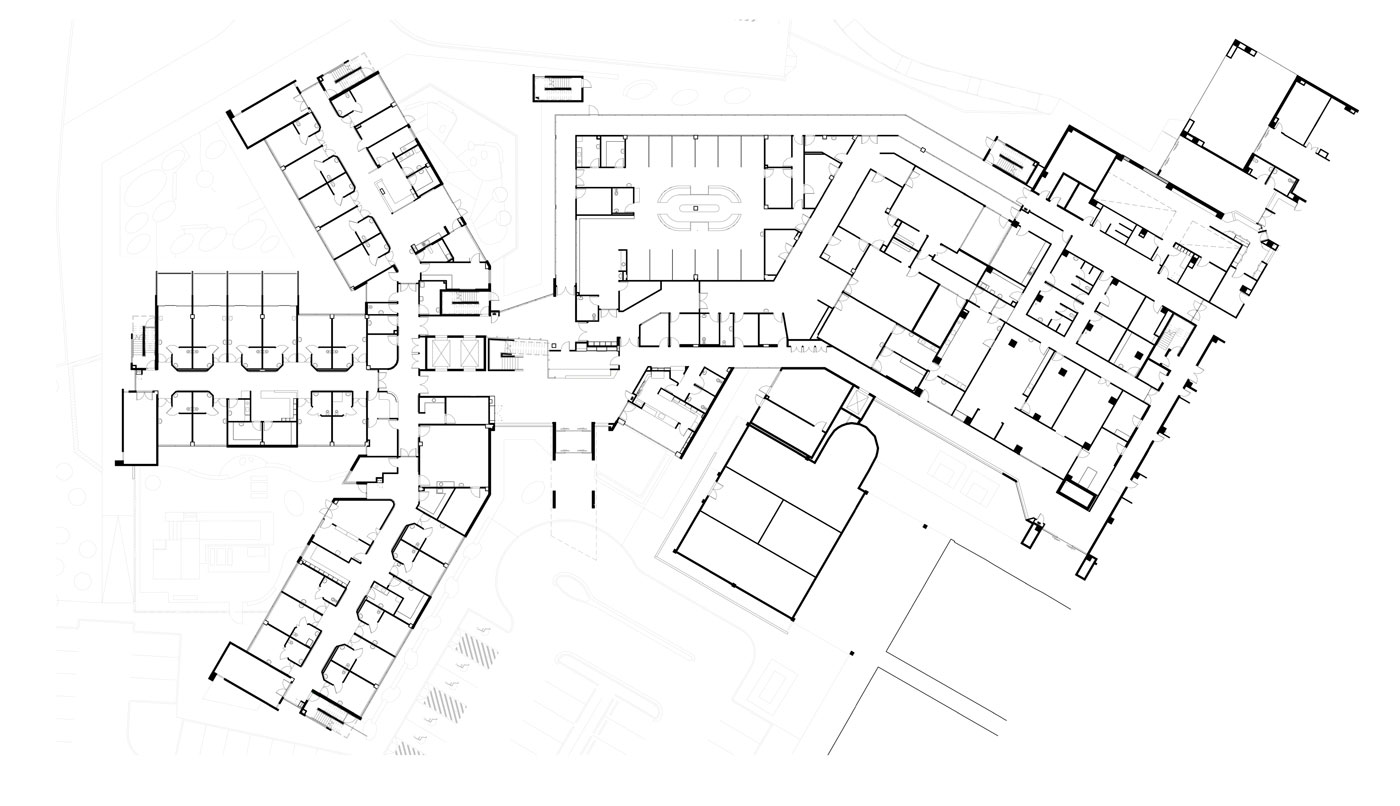
Image © Hames Sharley
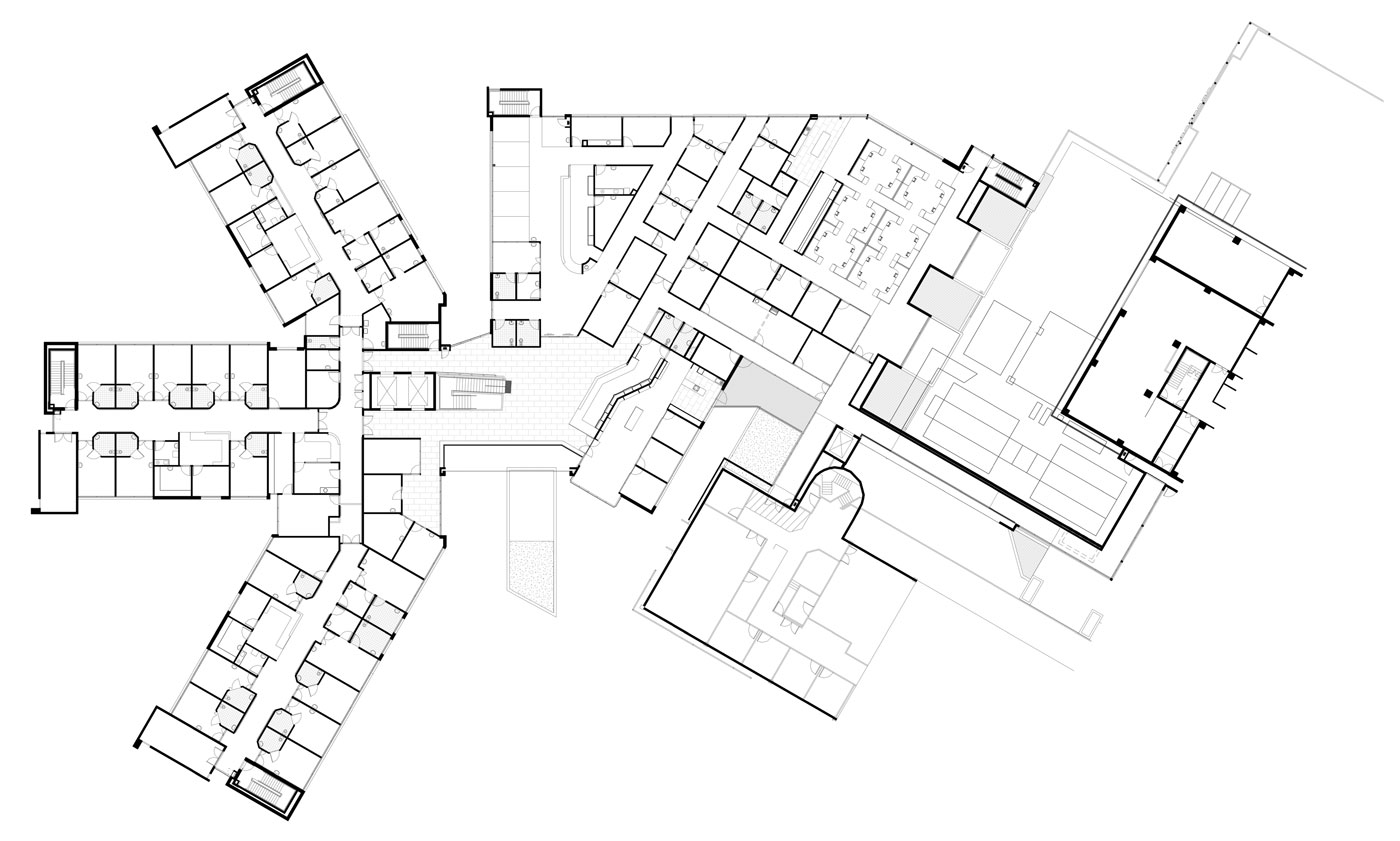
Image © Hames Sharley
*All images and information courtesy of World Architecture Festival & Hames Sharley.
